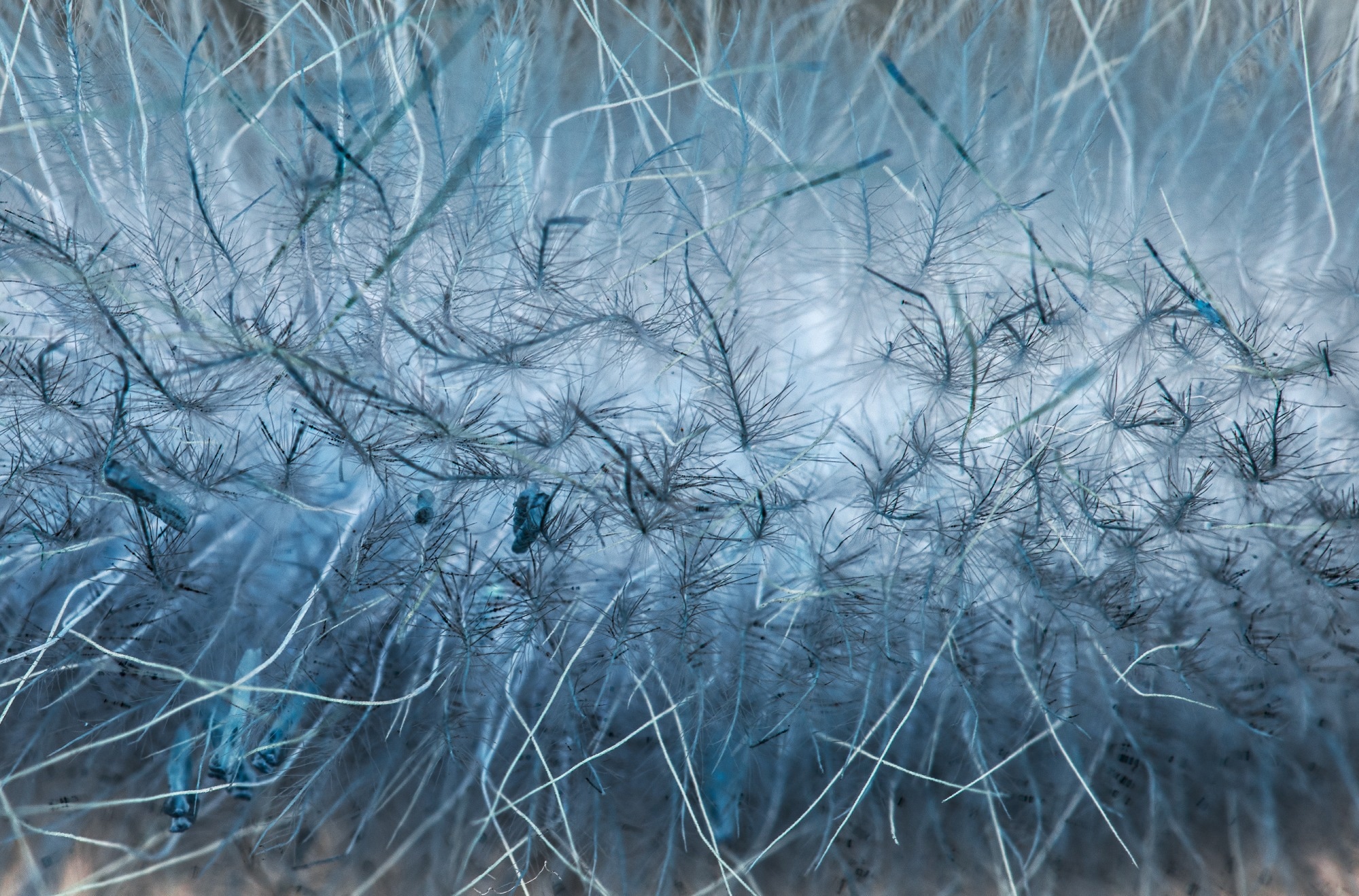Scientists have developed a new fabric-like material that can generate electricity from movement. Made from specially spun polymer nanofibers, the material achieves high crystallinity and strong electroactive properties without the need for complex post-processing, offering a low-cost route to next-generation smart textiles.

Image Credit: chaosart/Shutterstock.com
Piezoelectric polymers are valued for their ability to convert mechanical energy into electrical energy. This ability has seen them used in actuators, wearable sensors, energy harvesters, biomedical devices, and transducers. They are lightweight, flexible, biocompatible, and inexpensive to produce.
When made into nanofibers, these materials perform even better thanks to their large surface area and high aspect ratio. Electrospinning, a relatively simple and efficient process, can create continuous polymer nanofibers with diameters below one micrometer.
In this method, a syringe pump pushes a polymer solution through an electrified needle, forming a Taylor cone at the tip. Under a high-voltage field, fibers form and often undergo automatic poling, boosting their piezoelectric performance.
Nanofiber Performance
The performance of these electrospun piezoelectric nanofibers depends heavily on spinning parameters. Polymer concentration, for example, affects fiber uniformity, especially when working with polymers of unknown chain entanglement.
Polyvinylidene fluoride (PVDF)-based ferroelectric polymers are often used because of their strong polarization and piezoelectric response. Molecular weight plays a major role in shaping fiber morphology and crystallinity.
Studies show that high molecular weight PVDF-trifluoroethylene (P(VDF-TrFE)) (typically over 200 kDa) has a narrow spinnable concentration range of 10-20 wt. %. However, the longer polymer chains can develop structural defects, such as branching and tacticity errors, that reduce crystal quality and ferroelectric domain formation.
Focusing On Lower Molecular Weight
Published in the Journal of Applied Physics, researchers worked with P(VDF-TrFE), which has a lower molecular weight of around 100 kDa and a VDF/TrFE molar ratio of 70/30. The polymer was dissolved in a dimethylformamide (DMF)/acetone mix (5:4 by volume) and left overnight at room temperature before electrospinning.
The solution viscosity was measured using a portable viscosity meter and kept below 18 w/v %. Electrospinning was carried out with commercial equipment, adjusting needle size, solution concentration, collector distance, flow rate, and applied voltage.
Once formed, fibers were collected on an aluminium foil-wrapped roller, then baked at 60 °C in a vacuum oven to remove residual solvent.
Download your PDF copy now!
Analyzing Fiber Structure
Fiber morphology was examined using scanning electron microscopy, and ImageJ software was used to measure diameter distribution. Structural characterization employed differential scanning calorimetry (DSC), X-ray diffraction, and Fourier-transform infrared spectroscopy, with DSC cooling and heating rates set at 10 °C per minute.
Key Findings
The team found that processing conditions for low molecular weight P(VDF-TrFE) differed significantly from those for high molecular weight versions. As polymer concentration increased from 22 to 36 w/v %, mean fiber diameter rose from 285 to 592 nanometers.
Despite these size differences, all fibers displayed a stable ferroelectric phase with a high proportion of polar conformation. Crystallinity increased with fiber diameter, reaching a plateau of 0.672 at around 416 nm. No significant changes occurred beyond that point.
Importantly, a highly electroactive phase was achieved without any post-treatment. This can be attributed to the greater chain mobility of shorter polymer chains, which encouraged the formation of all-trans ferroelectric crystals with high crystallinity. Optimizing fiber diameter through solution concentration and processing parameters allowed the team to achieve crystallinity of up to 67 % and an all-trans conformation of 79 %.
Implications For Wearable Technology
The material's cloth-like texture makes it comfortable to wear, opening the door to garments that can monitor health in real time. Initially designed for use in face masks, the nanofibers could also support a wider range of flexible electronics.
Unlike conventional sensors, this method avoids high-voltage treatment or complex post-processing, keeping production low-cost and scalable. While many sensors are made as small films, this technique could enable large-area sheets, particularly when combined with suitable electrode manufacturing. The material is also about 70 % porous, meaning there is room to increase its density with heat and pressure to further boost sensitivity and energy output.
In short, this study offers a scalable, low-cost route to producing highly crystalline, electroactive PVDF-TrFE nanofibers, bringing self-powered, fabric-like wearable sensors a step closer to everyday use.
References
- Zhu, W. et al. (2025). High crystallinity and polar-phase content in electrospun P (VDF-TrFE) nanofibers with low molecular weight. Journal of Applied Physics, 137(19). DOI: 10.1063/5.0267697, https://pubs.aip.org/aip/jap/article/137/19/194102/3347060
- Oberdick, J. (2025). Spinning up new flexible material for self-powered wearable sensors [Online] Available at https://www.psu.edu/news/materials-research-institute/story/spinning-new-flexible-material-self-powered-wearable-sensors (Accessed on 12 August 2025)
Disclaimer: The views expressed here are those of the author expressed in their private capacity and do not necessarily represent the views of AZoM.com Limited T/A AZoNetwork the owner and operator of this website. This disclaimer forms part of the Terms and conditions of use of this website.